Do It Yourself
Disaster Proof Survival Seeds And How To Store Them
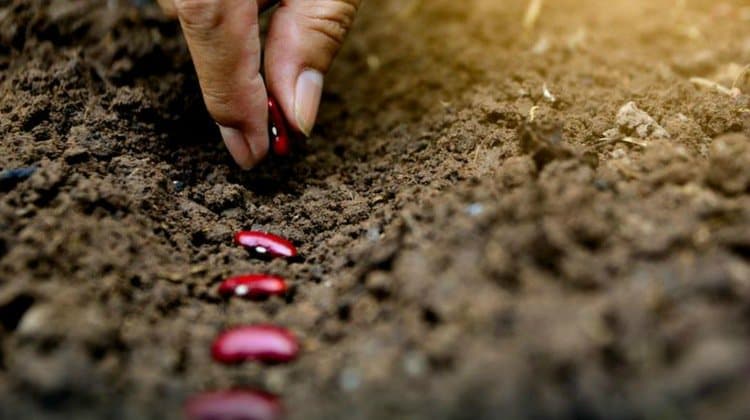
The following sentences is a scenario where your survival seeds come into play. It’s your worst nightmare come true; the disaster has passed, you’ve made a huge dent in the emergency food supply you had so carefully stored away and the seeds your life now depends upon aren’t sprouting.
Survival Seeds | How to Save and Use Them
Saving survival seeds has been an age old practice, possibly going on since the beginning of time. The gist of the idea is to secure some of the best seeds of the most vital foods, especially grains and vegetables. This is in preparation for the possible occurrence of a global catastrophe that would wipe out essential food resources. Survivors of such an event would then locate their saved seeds and replant as needed, thereby ensuring the continued existence of human life. Follow these steps to assure you have usable seeds ready in times of crisis.
1. Select the right seeds to store
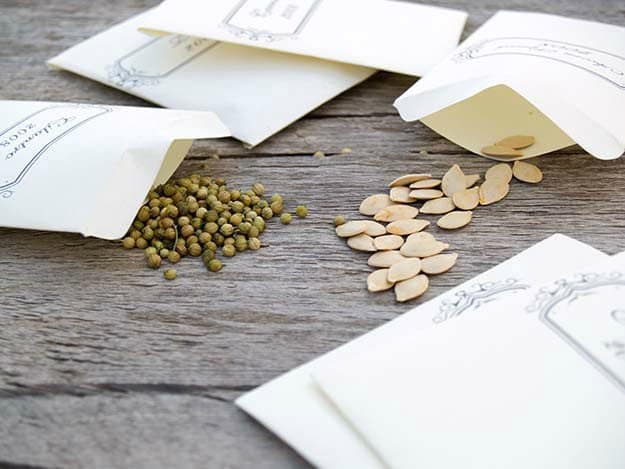
The best seeds to store are from open-pollinated, non-hybrid plants. Some of these produce mature seeds in their first or second year. It’s important to have up-to-date information on each type of vegetable to know when is the best time to allow them to seed and then reap those seeds.
There is an abundance of literature available online covering the planting and harvesting practically of every vegetable seed from carrots to collards. It’s recommended you purchase your first set of seed from a seller who offers additional information about the types of seeds being sold, how they were prepared, and how to use them.
2. Prepare survival seeds for storage
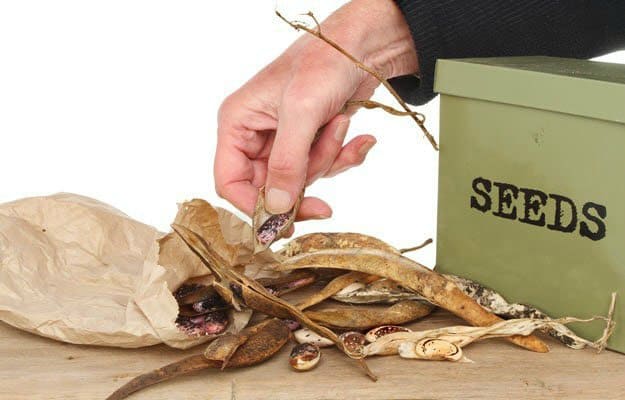
Preparing your own heirloom organic seeds for storage often require cleaning and air-drying before storing away. This process requires removing pods, husks, and other non-essential materials before leaving them out in the sun or in a cool, dry area.
Depending on the type of seed, the drying process can last for a week or more. However, make sure the seeds do not store any extra moisture. Wet seeds such as tomato seeds may require the extra process of fermenting before being dried to enhance their storability. Take note that this step can be risky. It will benefit you if you do some reading before attempting this process.
Little information is provided by suppliers of survival seeds about the drying process used since most of them buy from wholesalers who have already prepared the seeds. Therefore, making purchases means putting some degree of trust in the vendor that they used the recommended drying processes.
3. Store seeds in moisture proof containers
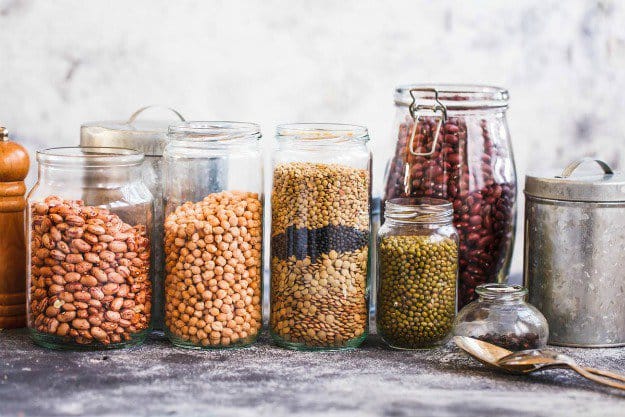
Seeds and water equal to new plants, it’s as simple as that. In order to protect the seeds from moisture, you must store dry seeds in an airtight, moisture-proof storage like Ziplock bags and foil-laminated packages. These packages act as vapor barriers, thereby keeping external moisture from interacting with the seeds. The most important thing is to protect the seeds from moisture.
Another suitable way to store seeds for long term survival is to place the zip lock bags into resealable glass jars. Canning jars and old pickle or spaghetti jars are perfect for this purpose since they have airtight lids.
Desiccant packs should also be placed into the jars as additional insurance against moisture.
Placing the sealed jars into the refrigerator or freezer will preserve your non-GMO seeds for long periods of time and they’ll be ready for use once removed and allowed to return to room temperature.
4. Store containers in dark, dry and cool areas
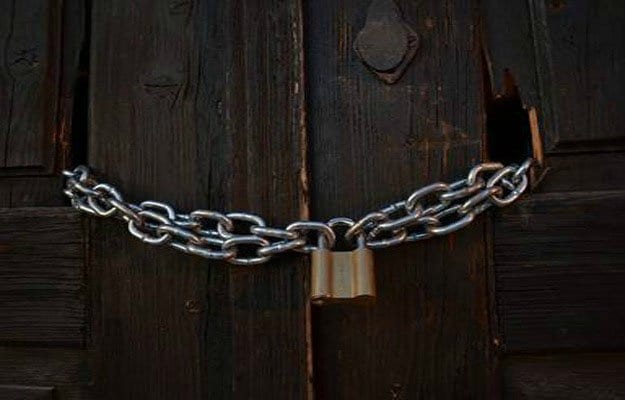
It’s simple chemistry. Seeds need a combination of heat, light, and water in order to reproduce. To prevent seeds from sprouting before you need them, keep them in places where these ingredients are not accessible.
A dark, dry room is suitable and a refrigerator or freezer can be excellent for long term storage. Freezing seeds can help it stay in storage for decades without losing their germination ability. Whether purchasing seeds or storing your own, it is a good idea to research the best storage methods for each type of seed.
5. Know when to replenish your survival seeds
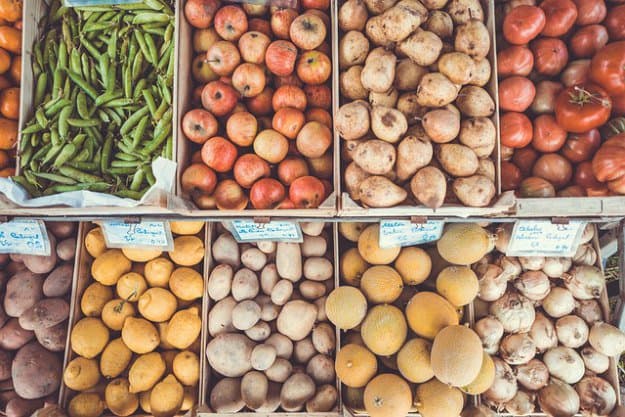
No matter how well you store seeds, they won’t last forever. After having them in storage for years and no global crisis took place, you should remove your seeds and plant them. You can then replenish your survival seed stock by either purchasing more (expensive way) or saving heirloom seeds harvested from the ones you just planted (smarter way).
Heirloom seeds also function as survival seeds. Many gardeners purchase them for this purpose so they’ll always have a food supply in times of emergencies. The seeds are rich in protein, which means they can provide the nutrition and stamina you need especially when disaster strikes. All you have to do is sprout the seeds and you’ll be able to feed your loved ones in doomsday situations where food is inaccessible and health is vital.
Work With Nature shows a video on the basic rules on vegetable seed saving:
Only time will tell if and when the world will face a catastrophe which would require the use of survival seeds. Regardless of whether such an event will occur, it makes a lot of sense to store seeds and store seeds properly. Seeds are living organisms and as such, you must consider storing them to ensure disaster survival. Just imagine taking out your health insurance only to find out you have a life-threatening disease with no money for treatment; that’s what would happen if seeds are not disaster-proof.
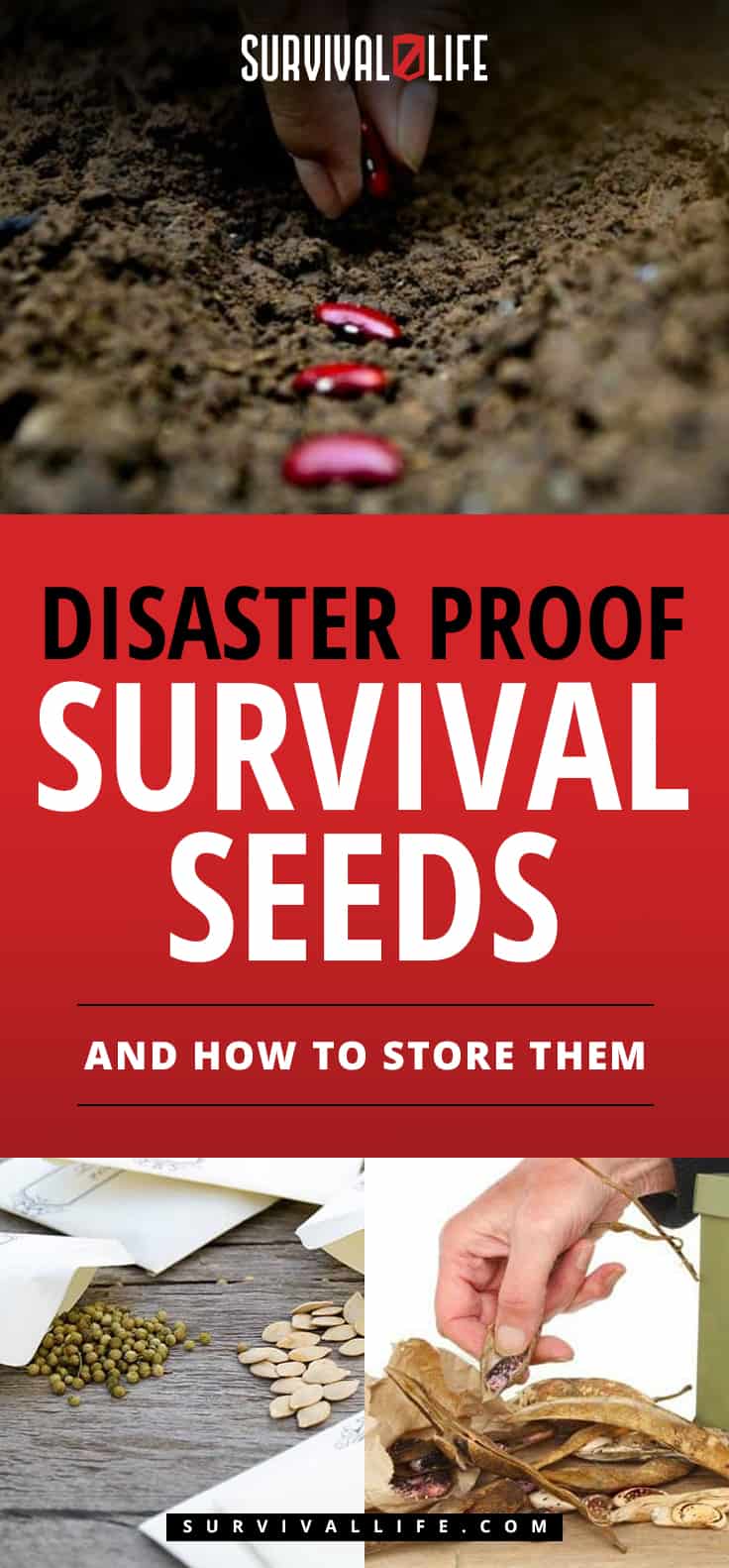
Do you have more seed saving tips you want to share? Please let us know in the comments section below!
UP NEXT: The Art of Seed Saving
Follow us on Facebook, Instagram, Twitter, Pinterest, and Tumblr!
Editor’s Note: This post was originally published on July 2014 and has been updated for quality and relevancy.
-

 Do It Yourself7 months ago
Do It Yourself7 months agoParacord Projects | 36 Cool Paracord Ideas For Your Paracord Survival Projects
-

 Do It Yourself9 months ago
Do It Yourself9 months agoHow To Make Paracord Survival Bracelets | DIY Survival Prepping
-

 Do It Yourself9 months ago
Do It Yourself9 months ago21 Home Remedies For Toothache Pain Relief
-

 Do It Yourself10 months ago
Do It Yourself10 months agoSurvival DIY: How To Melt Aluminum Cans For Casting
-

 Exports8 months ago
Exports8 months agoAre Switchblades Legal? Knife Laws By State


Pingback: Grow Your Own Organic Garden Even in Small Spaces | My Emergency Preparedness Blog
Travis Walker
October 11, 2017 at 12:28 AM
Very informative. Had this bookmarked. Along with storing food, it’s also important to store garden seeds. If ever there’s a food shortage, you will have a “crisis garden” already prepared.
Pingback: Properly Collecting Firewood For The Winter Months Ahead
Pingback: Winterizing your Home for the Winter Months Ahead
Pingback: Must-Read Survival Books for Preppers and Survivalists
Pingback: What Would Happen If An Asteroid Actually Hit Earth? | Survival Life
Pingback: Winter Gardening Tips: The Prepper's Guide to Cold-Weather Gardening
Pingback: Winter Gardening Tips: The Prepper’s Guide To Cold-Weather Gardening - Survive!
Pingback: Winter Gardening Tips: The Prepper’s Guide To Cold-Weather Gardening – Ultimate Survival Alerts